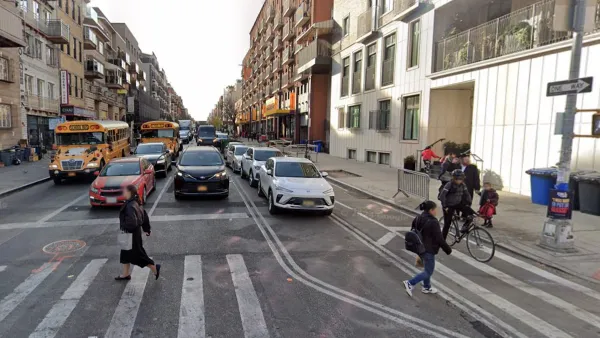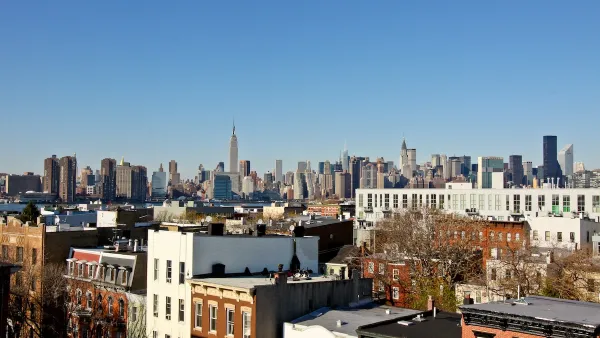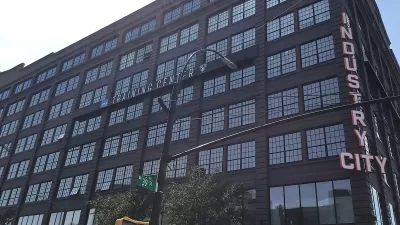With the Bloomberg administration's investments in transforming the area around the acclaimed Brooklyn Academy of Music finally bearing fruit, the emerging cultural district is earning comparisons to the city's premier arts hub - Lincoln Center.
"For years, the Bloomberg administration has been trying to revitalize the down-at-heel area around Fort Greene’s Brooklyn Academy of Music (widely known as BAM)," writes Andrew Klappholz. "Now, those efforts finally seem to be gaining traction, with a bevy of new residential buildings underway. The so-called Downtown Brooklyn Cultural District — between DeKalb and Atlantic avenues — is even drawing comparisons to Manhattan’s now-pricey Lincoln Center neighborhood."
"Since 2004, the city has spent more than $100 million in the Downtown Brooklyn Cultural District on new facilities, public spaces and affordable housing projects. That includes the new BAM Fisher Building, which opened in 2012. And the district will soon have a total of six performing arts theaters," adds Klappholz.
"Tucker Reed, president of the nonprofit Downtown Brooklyn Partnership, said within the next four years the neighborhood will have about 40 arts and cultural organizations, ranging in size from mega institutions like BAM to smaller arts incubators like the Alliance of Resident Theaters/New York."
"And unlike Lincoln Center, he noted, the area will have a diverse range of venues, ranging from the 19,000-seat Barclays Center to the 200-seat BAM Fisher and century-old BAM Opera House."
“We like to think of this as a cultural district that caters to everyone — not just the New York elite,” Reed said.
FULL STORY: The next Lincoln Center?

Maui's Vacation Rental Debate Turns Ugly
Verbal attacks, misinformation campaigns and fistfights plague a high-stakes debate to convert thousands of vacation rentals into long-term housing.

Planetizen Federal Action Tracker
A weekly monitor of how Trump’s orders and actions are impacting planners and planning in America.

In Urban Planning, AI Prompting Could be the New Design Thinking
Creativity has long been key to great urban design. What if we see AI as our new creative partner?

King County Supportive Housing Program Offers Hope for Unhoused Residents
The county is taking a ‘Housing First’ approach that prioritizes getting people into housing, then offering wraparound supportive services.

Researchers Use AI to Get Clearer Picture of US Housing
Analysts are using artificial intelligence to supercharge their research by allowing them to comb through data faster. Though these AI tools can be error prone, they save time and housing researchers are optimistic about the future.

Making Shared Micromobility More Inclusive
Cities and shared mobility system operators can do more to include people with disabilities in planning and operations, per a new report.
Urban Design for Planners 1: Software Tools
This six-course series explores essential urban design concepts using open source software and equips planners with the tools they need to participate fully in the urban design process.
Planning for Universal Design
Learn the tools for implementing Universal Design in planning regulations.
planning NEXT
Appalachian Highlands Housing Partners
Mpact (founded as Rail~Volution)
City of Camden Redevelopment Agency
City of Astoria
City of Portland
City of Laramie





























